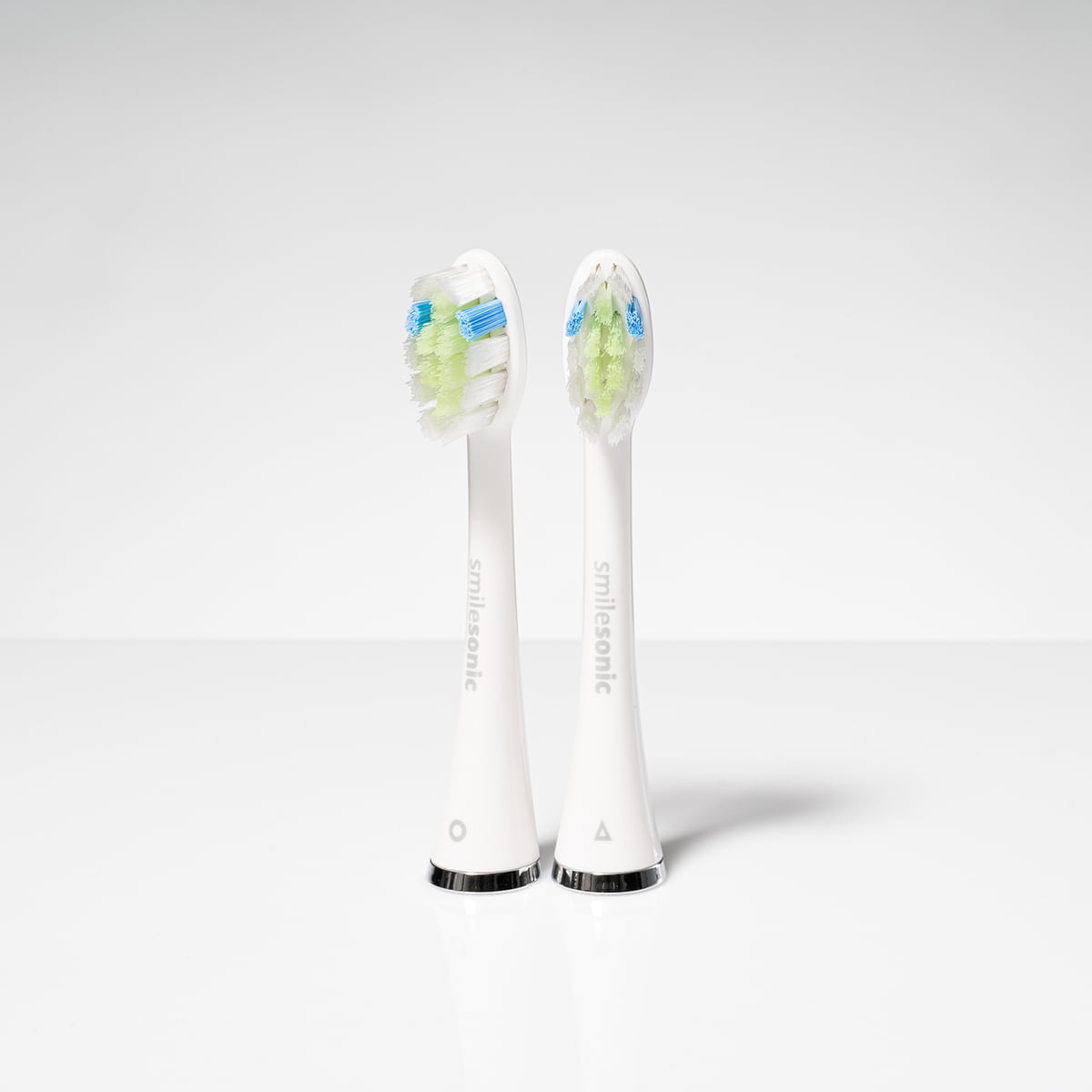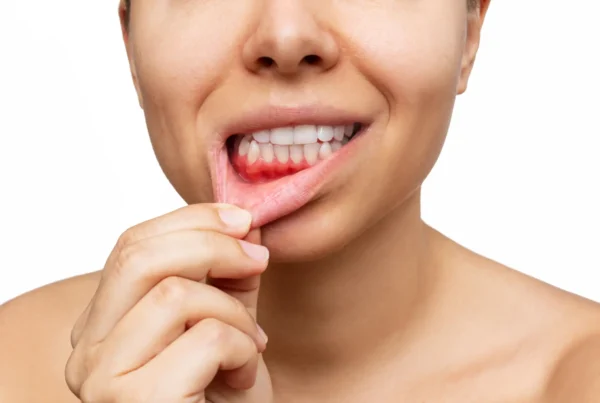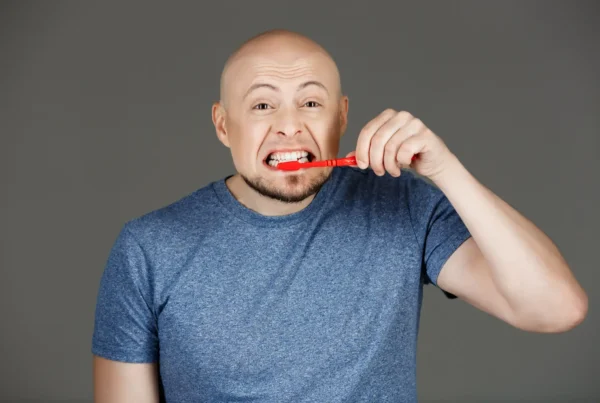Healthy gums should be pink in color and surround each tooth so that its necks are completely covered. Only the crown of the tooth should be visible to the naked eye. Sometimes, however, it so happens that the gums begin to recede. Their unnatural position should prompt a visit to the periodontist because exposed tooth necks may lead to periodontitis, which can result in tooth loss. This text will provide you with the most important information regarding treatment and prevention of exposed tooth necks.
How do you recognize exposed tooth necks?
Let’s start by trying to answer the question of how to even know if we definitely have a problem with exposed tooth necks. The three main symptoms of this condition are:
- An abnormally lowered gum line – the most obvious symptom. If your gums are lowered so much that you can easily see the tooth necks (they are darker in color than the rest of the tooth), then you are very likely to have exposed tooth necks;
- Tooth hypersensitivity – periodically occurring severe, piercing tooth pain is another symptom of exposed tooth neck. The symptoms usually appear when you eat very cold, hot, sour or sweet foods. Sometimes they also occur when touching the teeth and breathing cold air;
- Bleeding – bleeding while brushing is not necessarily a symptom of irritation or cuts. If you have exposed tooth necks, even toothbrushes with extra-soft, fine bristles probably won’t help you deal with it.
Where does the problem come from?
Most oral problems are related to improper, inconsistent brushing. The problem of exposed tooth necks is no different. Our most common sins include brushing our teeth too infrequently, not properly using a manual toothbrush and neglecting hard-to-reach areas (not using dental floss or irrigators). Another common cause of exposed tooth neck is age. As the body ages, the line of our teeth slides down. The key to stopping this is proper oral care, proper diet (limiting foods rich in simple sugars) and regular dental check-ups.
In addition, factors such as the following are often at the root of exposed tooth necks:
- malocclusion – when our teeth are unevenly positioned in the arch, their pressure on the gums is uneven. This situation favors the exposure of the tooth necks;
- bruxism – its cause may be for example permanent stress. Pathological grinding of teeth not only leads to headaches and damage to the enamel, but may also cause the exposure of the cervical areas;
- smoking – tobacco smoke contains substances that promote the accumulation of plaque and harmful bacteria, which may lead to the receding gum line in the future;
- improper eating habits – what we mean here is the lack of products rich in phosphorus and calcium, as well as C and D vitamins in the diet. Because of them, our teeth and gums cannot regenerate properly, which often leads to their diseases;
- systemic diseases – especially diabetes increases the risk of exposed tooth necks.
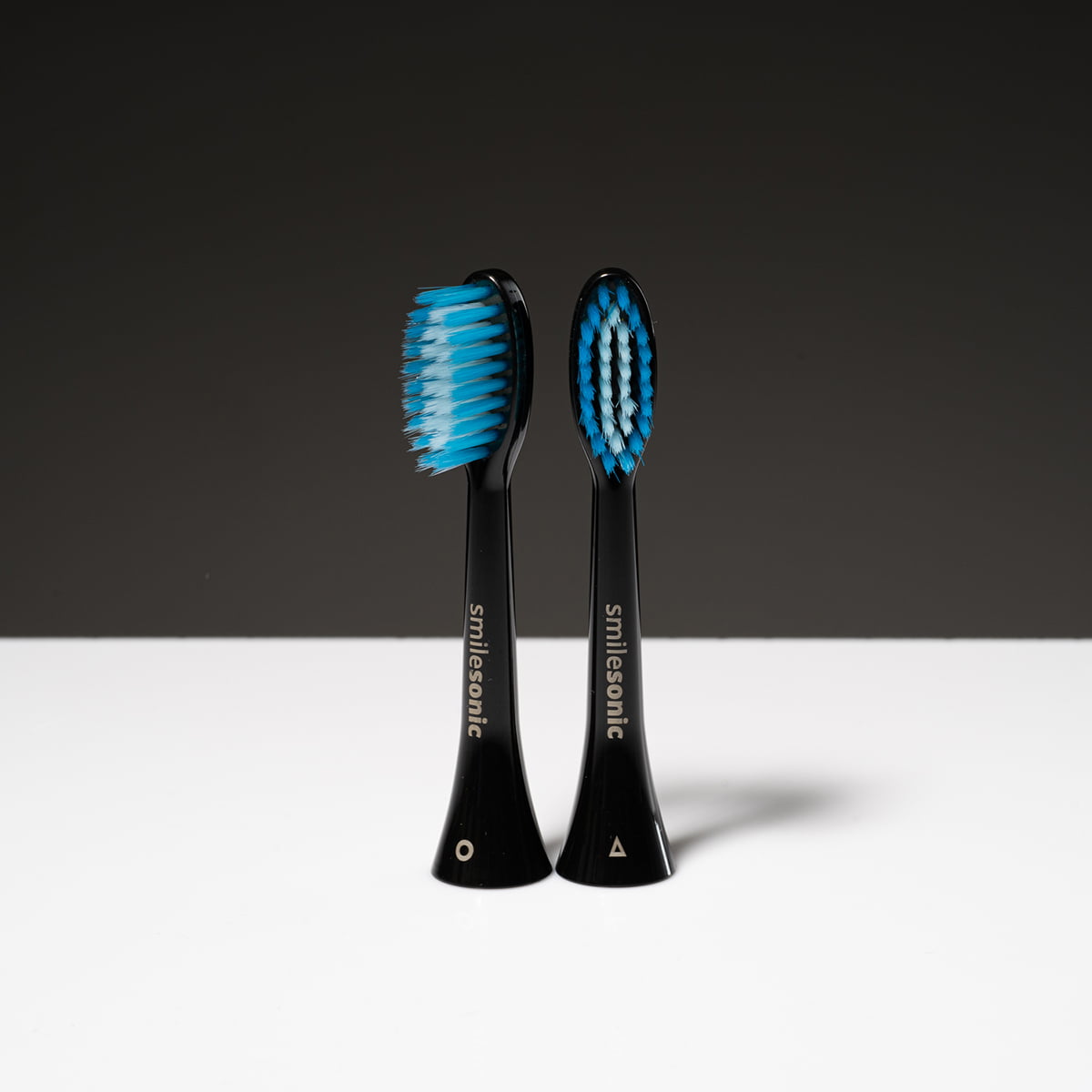
£9.50Select options This product has multiple variants. The options may be chosen on the product page
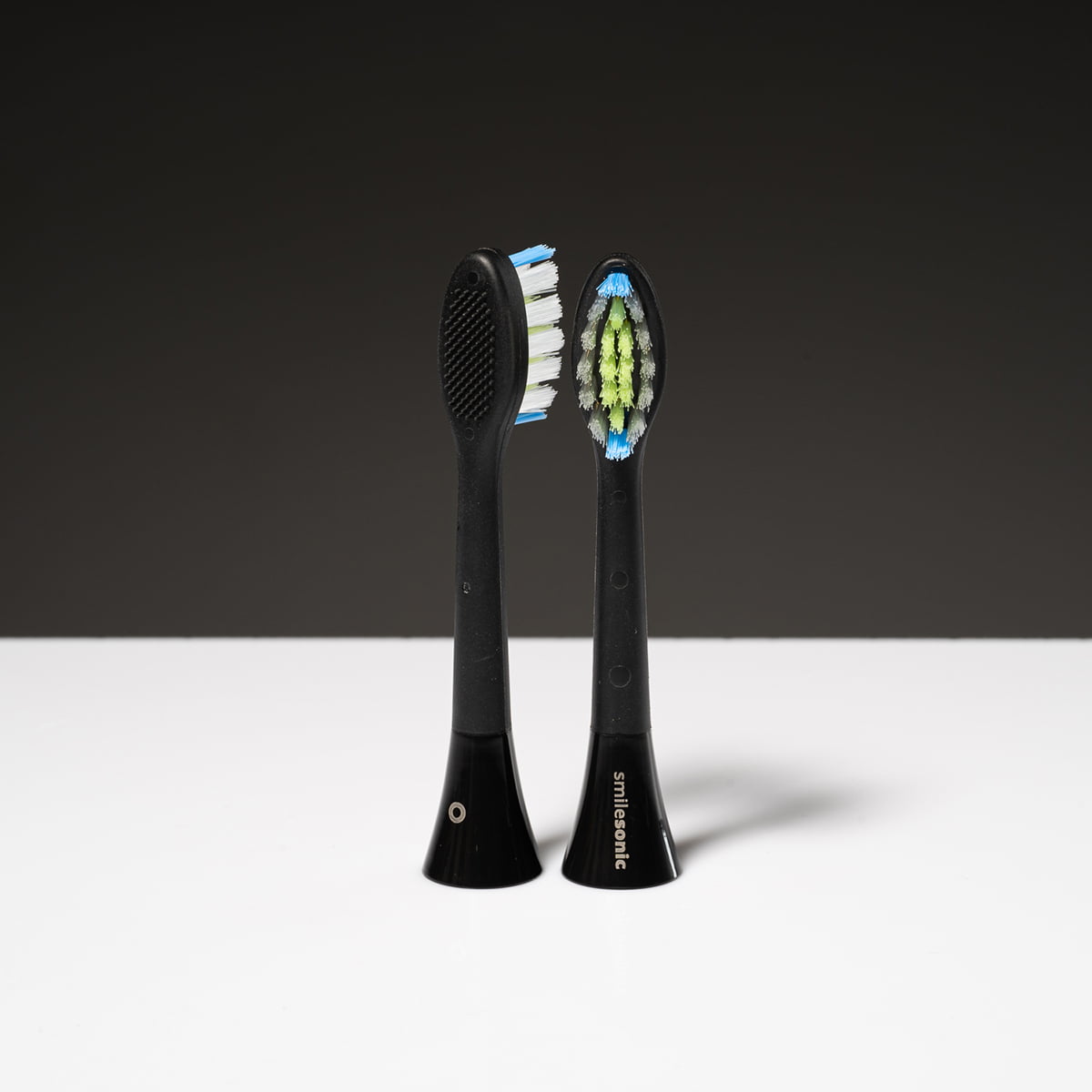
£9.50Select options This product has multiple variants. The options may be chosen on the product page
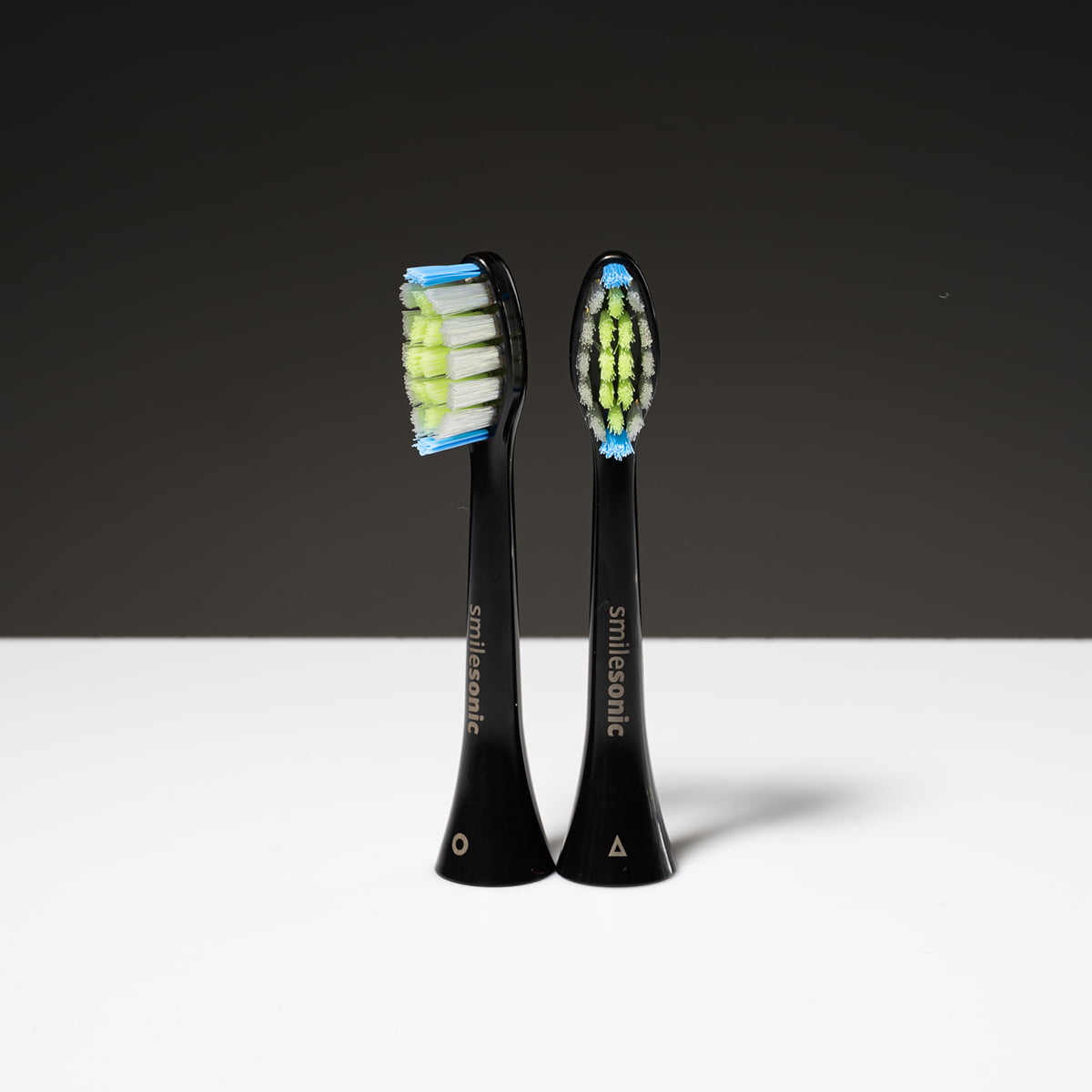
£9.50Select options This product has multiple variants. The options may be chosen on the product page
Treatment of exposed tooth necks at the dentist’s office
It is extremely important to fight exposed tooth necks as early as possible. Delaying treatment will aggravate the condition, which can result in the development of periodontitis, gum atrophy, and tooth loss. If you notice symptoms of gum recession, you should therefore contact a specialist as soon as possible.
At the dentist’s office, the doctor will take steps to help you fight the condition. Sometimes this requires interdisciplinary, orthodontic-periodontal treatment. In more advanced cases, surgical reconstruction of lost tissue is performed. To perform it, the doctor transplants tissue from our palate.
Home preventive measures
In addition to treatment at the dentist’s office, to deal with exposed tooth necks it is also necessary to take appropriate preventive measures at home. The most important of these is to take more care of your daily oral care. Investing in one of Smilesonic sonic toothbrushes may help. These devices move water in your mouth, creating microscopic bubbles that are very effective in removing plaque, not only from the enamel, but also from hard-to-reach places. Additionally, Smilesonic sonic toothbrushes can be fitted with special SensiTouch tips, which in combination with the Sensitive mode (gentle cleaning) guarantee a subtle, safe and completely non-invasive oral cleaning.
In addition to a sonic toothbrush, a useful accessory in the fight against uncovered tooth necks is a dental irrigator, a device that perfectly removes plaque from hard-to-reach places. It is also a good idea to get a special toothpaste that fights hypersensitivity of teeth and gums.

